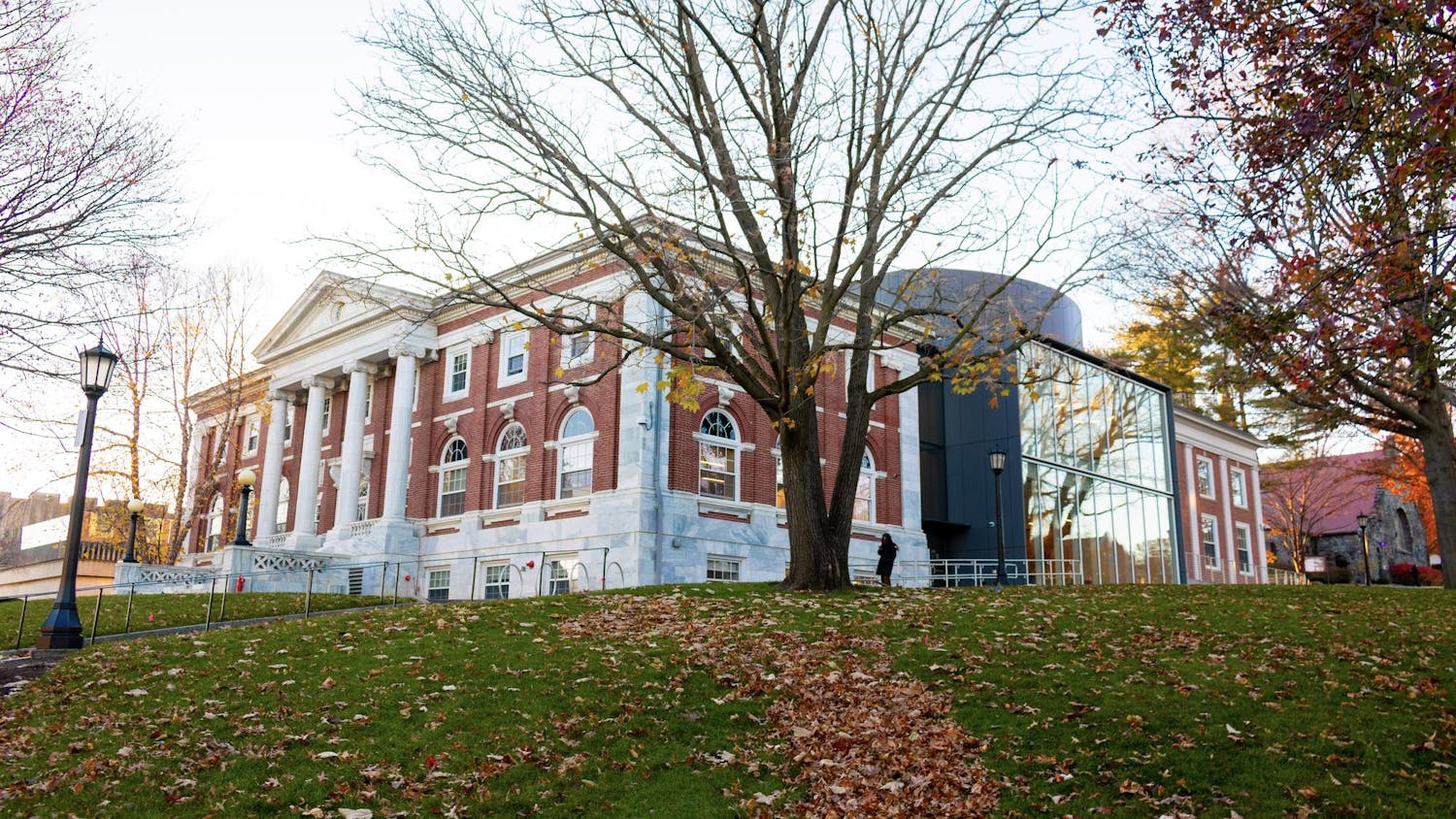Chardon High School, a public high school about 35 miles outside of Cleveland, Ohio, was the scene of a deadly shooting yesterday. According to multiple reports, a student entered the cafeteria and opened fire, killing one student and wounding four others. The senseless tragedy is made even worse by the fact that it brings back memories of other school shootings, most notably those at Columbine High School in 1999 and Virginia Tech in 2007, America's two deadliest school shootings of the last 40 years.
The news of the events has pervaded the Internet, with virtually all of the major media outlets reporting on the tragedy. Most of the articles circulating now echo the testimony of various students at the school: They discuss how the gunman was a bullied outcast who came from a broken home and various other aspects of his background as they try to make sense of the tragedy.
It may be relevant that the gunman had been a victim of bullying and had come from a broken home. These are facts that could conceivably shed light on the gunman's motives, though to attempt to prematurely draw conclusions from them now with so little information to go on is undoubtedly irresponsible. If news sources want to report on the gunman's living circumstances or rumors that he's been bullied, they must take care that what they're saying is rooted in fact, not just speculation and hearsay.
But news sources are also quoting a student who says the shooter was in the midst of a "gothic phase." This is a very serious mistake on the part of the media, as it propagates the negative stereotypes associated with an already maligned high school clique. The Associated Press and other major news sites treat the idea that he was going through a goth phase as if it is just as relevant or just as enlightening as his possibly having been bullied. To state facts about his background is good journalism; to lend credence to a negative stereotype is not.
The media made a similar blunder following the Columbine massacre in 1999. The major networks reported that the two shooters in that case, Dylan Klebold and Eric Harris, had been involved in a goth cult. Given that the members' personal life choices were portrayed as driving forces in their descent into violence, the subsequent culture war was hardly a surprise.
In fact, some have argued that multiple culture wars were ignited by the media's irresponsible reporting on the Columbine shooters' lives. Their avid playing of games like Doom and Quake led to a backlash against violent video games. High school cliques were scrutinized and blamed for allowing frustration to boil over into violence. And, of course, any attachment to non-mainstream groups was dissected.
In trying to find the perfect answer to such tragedies as quickly as possible, the media takes groups they don't quite understand — but that seem somehow sinister — and throw them into the national spotlight, where they're consumed by readers who are desperate to blame someone for an unthinkable act of violence. But all this accomplished after the Columbine shooting was to exacerbate cultural tensions. When Associated Press hears rumors that the gunman was a "goth," it needs to be very, very careful about how it reports them, and it needs to keep lessons from Columbine in mind.
The tragedy at Chardon was a harsh reminder that violence can erupt out of nowhere and end innocent lives. In the coming days and months, the motives of the shooter will be dissected and analyzed. For now, the media should content itself with spreading the story of the people hurt by this to as many ears as possible. It shouldn't concern itself with amateur psychology.





